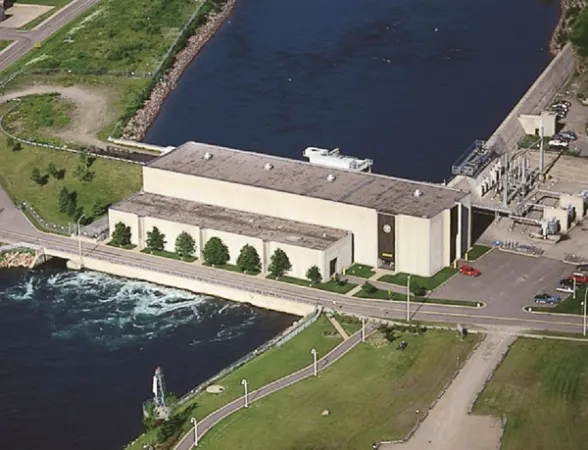Sault Ste. Marie: The alternative energy capital of North America
This article was originally written and submitted as part of a Canada 150 Project, the Innovation Storybook, to crowdsource stories of Canadian innovation with partners across Canada. The content has since been migrated to Ingenium’s Channel, a digital hub featuring curated content related to science, technology and innovation.
You’d think a small town in northern Ontario had no business being this continent’s most forward city in terms of alternative energy production. But the truth is, the relatively young town of Sault Ste. Marie is a continental leader in green and renewable energy.
This all because of how in recent years the municipal government began investing in a wide range of energy projects. The city is home to Essar Steel Algoma, which is responsible for much of the employment in SSM and is the largest producer of steel in Canada. There are several excess gases released as by-products of the steel making process. But with a cogeneration power plant on site, Essar Steel Algoma recycles these gases to generate electricity for their facilities, reducing their reliance on the grid by 50 per cent.
Wind energy is plentiful in SSM, such as that collected at Prince Wind Farm. It’s one of the largest wind energy farms in Canada, with 126 turbines collectively generating 189 megawatts of electricity. This is enough energy to power 60 thousand homes. Sault Ste. Marie is also home to the Bow Lake Wind Project, which currently has 36 turbines. The farm was made through a 50/50 partnership between BluEarth Renewables Inc. and Bachewana First Nation, where many turbines reside.
Along with the massive push for wind energy, the city has five hydroelectric plants and is the location of many solar energy initiatives. The Starwood Energy Group have a solar farm project in the city that is the second-largest solar farm in North America. Heliene Canada is a newer company that constructs solar panels in Sous Ste. Marie.
The city is always finding new ways to go green, so they’ve been experimenting with a tire recycling plant. It uses a process called reverse-polymerization to break down tires. What remains are the core materials, like steel, oil and carbon black.
All these initiatives make Sault Ste. Marie the alternative energy powerhouse that it is, and they have many plans to go even greener, starting at the roots. The Convergent Energy and Power Inc. of New York is collaborating with Sault College to help students develop expertise and new methods of production for cleaner technology. With these new programs it’s clear that the city will continue to lead Canada and the rest of North America in terms of alternative energy. Sault Ste. Marie already produces almost twice as much energy as it consumes.
By: Jassi Bedi





















